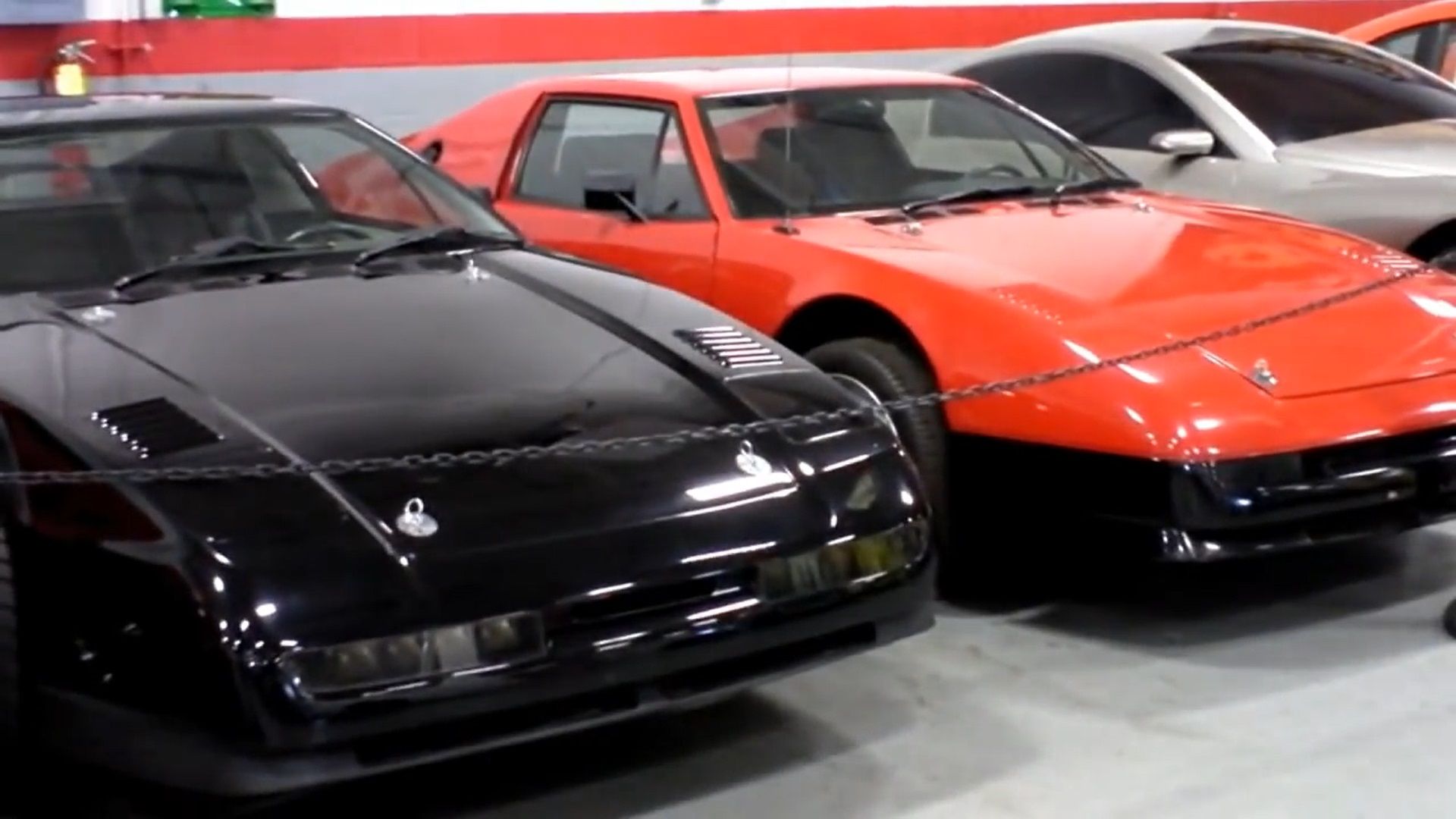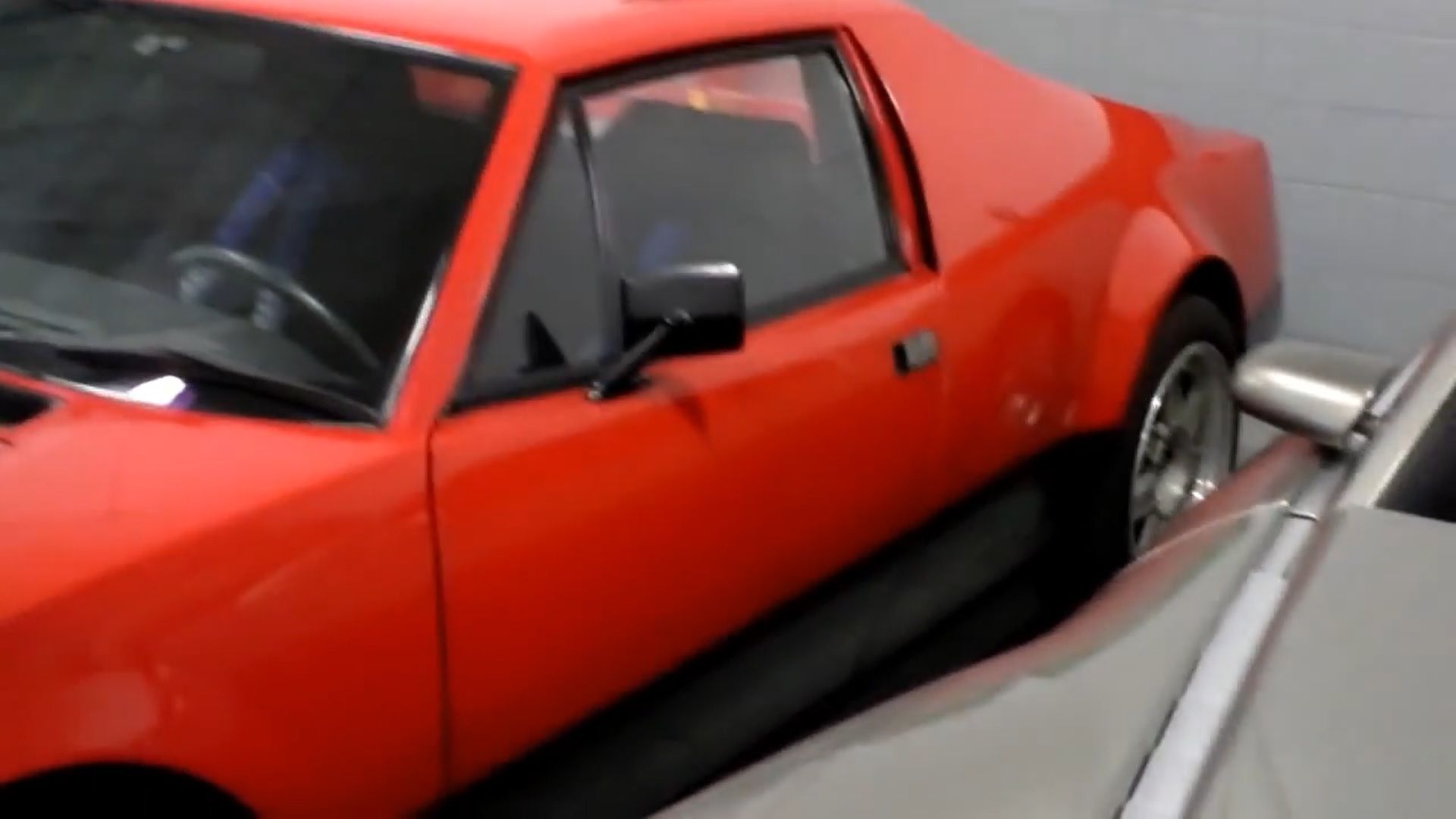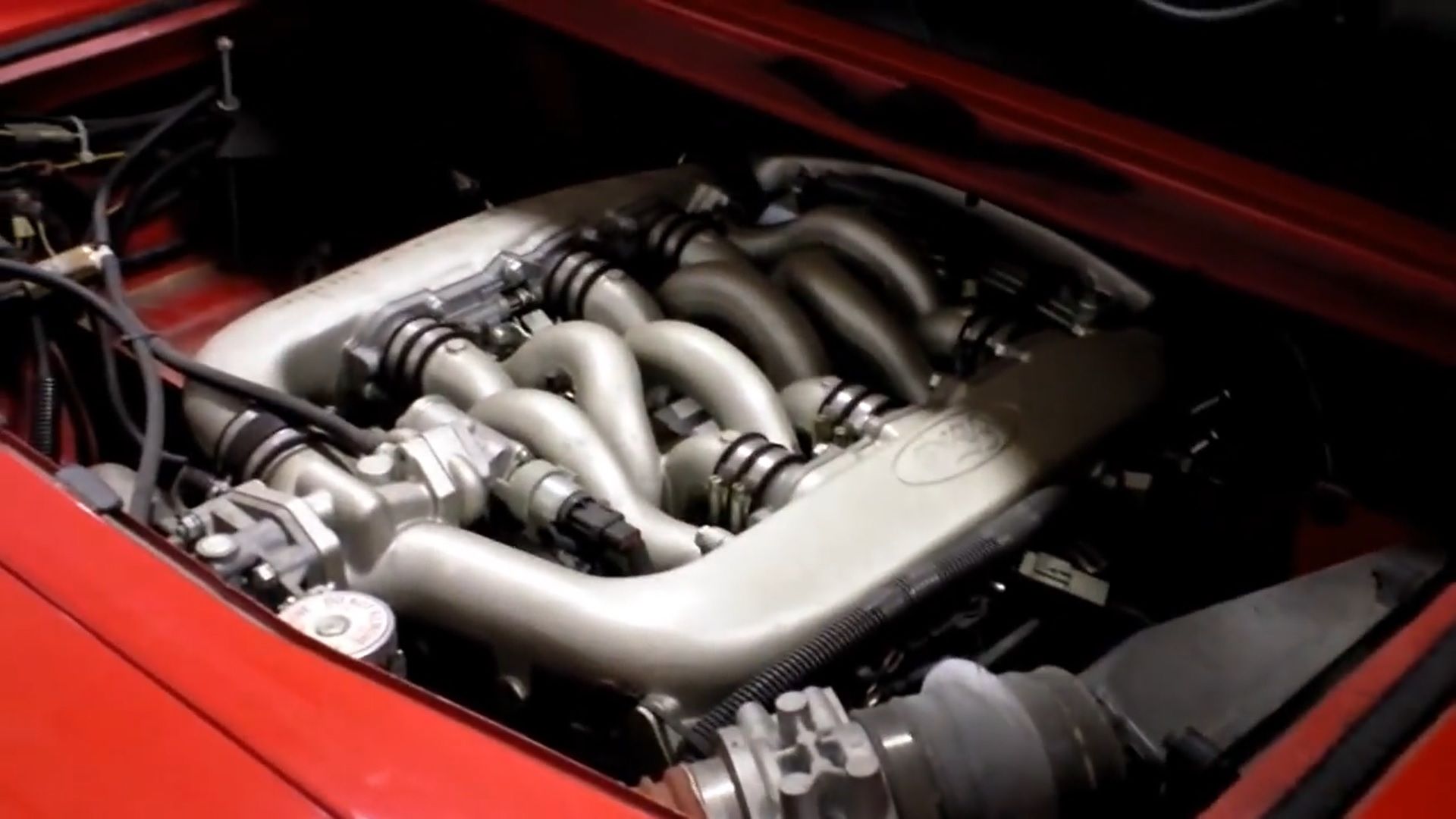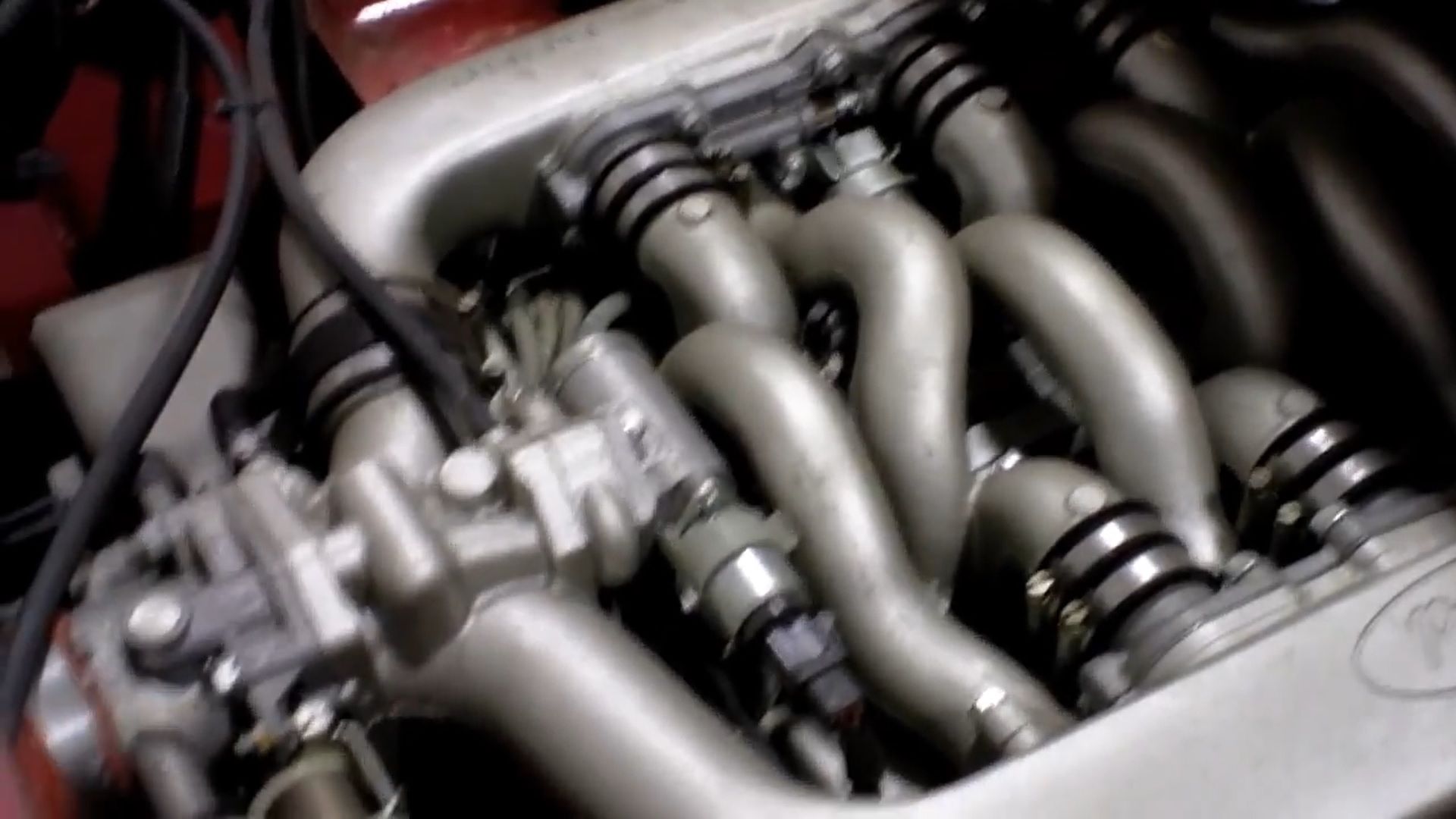Over the years many high-performance cars have come and gone, some more memorable than others. In the 1960s, Ford created the GT40 – a LeMans-winning race car, which has achieved legendary status. Since then, every decade, Ford has been trying to come up with a worthy successor. The 1970s GT70 aimed to recapture some of that essence in a smaller form, while the 1995 GT90 wend balls-out, chasing the limits of what was possible. There is another attempt in the 1980s when Ford started returning to making performance versions of their streetcars. Here are 10 facts about the forgotten Ford GN34 prototype.
It started as a Roush development prototype
The mid-engine sports car started its life as a test mule for different drivetrains, as Ford has been trying for a while to come up with a worthy successor to the legendary GT40. The GN34 represented Ford’s attempt in the 80s for a successor. Naturally, a high-performance vehicle would often require a team with expertise in motorsports. It’s no surprise then that Ford turned to the same people who develop their NASCAR vehicles. The GN34 was actually a code name for Ford’s mid-engine sports car. The first test cars had an IMSA body kit featuring boxy flares, in order not to give away the final design.
It shared components with the De Tomaso Pantera
Despite the De Tomaso Pantera being an Italian car, it shared a drivetrain with Ford, and was sold in the US, through Mercury dealerships. The second batch of GN34 prototypes had a cleaner design, much closer to what the final vehicle was intended to be. The pop-up headlights, windshield, side windows, and taillights were straight from the Pantera, and the whole front end looked almost identical. At one point, the mid-engine concept car even featured the same 351 cubic-inch V8 from the Italian sports car, although later versions did not use it.
Three design studios worked on its design
It was rumored to have all-wheel-drive
Ford was involved in some interesting projects during the 1980s. Needless to say, they involved a lot of experimentation. Some of the second batches of Ghia-designed prototypes were said to be all-wheel-drive. This begs the question, was Ford working on a US equivalent of the Group B RS200? It is not known whether it borrowed the all-wheel-drive system from its European counterpart, so there is no proven connection between the two vehicles. Moreover, by all accounts, they were built with two completely different purposes in mind. One was a rally monster, and the other was to be a more attainable alternative to high-end sports cars.
It almost had a V-8
When developing a high-performance vehicle, one of the most crucial decisions is the engine choice. A variety of engines were considered for the GN34. At the time, Ford had just started working on a new DOHC 4.6-liter V-8, but they were not sure it would be completed in time for the GN34’s unveiling scheduled for 1990. Nevertheless, one of the Roush prototypes started tests with a 351 Cleveland V-8, in order to simulate the weight should they go for the new V-8. Lotus was approached as the company was willing to work with Ford on a 4.0-liter DOHC aluminum V-8, featuring Ford’s new Electronic Engine Control IV. In the end, they decided on a different engine.
It had a V-6
But not just any V-6. It took the engine from the SHO. The original SHO V-6 had a 3.0-liter displacement and produced 220 horsepower and 200 pound-feet (271 Nm), or 215 pound-feet (292 Nm) for the later 3.2-liter version. A mid-engine sports car needed to have more, so Ford asked Yamaha how much they can squeeze out of the V-6. The answer was a bored and stroked to 3.6 liters version of the SHO engine, producing 280 horsepower. Power went through a 5-speed manual ZF-transaxle, straight from the Pantera. At the same time, a high-torque automatic was co-developed in Germany, with Getrag.
The project was dropped in favor of an SUV
In the automotive industry, plans often change. The Roush-developed GN34 mid-engine sports car was an ambitious undertaking. By 1986, it was nearly complete, but by that time priorities changed. Ford had a budget to develop only one model at the time. Because of this, it was decided that the focus should be on the first-generation Ford Explorer, also known as “Four-door Bronco” – a move that would prove to be the right call since the mid-size SUV became a market success. It was also a vehicle Ford needed to better compete with the Chevy S10 Blazer and Jeep Cherokee as the Bronco was smaller than those.
Some GN34 mules survived
Out of all developmental prototypes, two cars are confirmed to still exist. Both of them are based on the DeTomaso Pantera GTS. The first one is a red, all-wheel-drive version, powered by the 3.6-liter version of the Yamaha SHO V-6. The other one is a black rear-wheel-drive car, powered by the 351 cubic-inch (5.8-liter) Ford Cleveland V-8, with around 330 horsepower. In the end, the GN34 still received a V-8 engine, even if it never made it to production.




